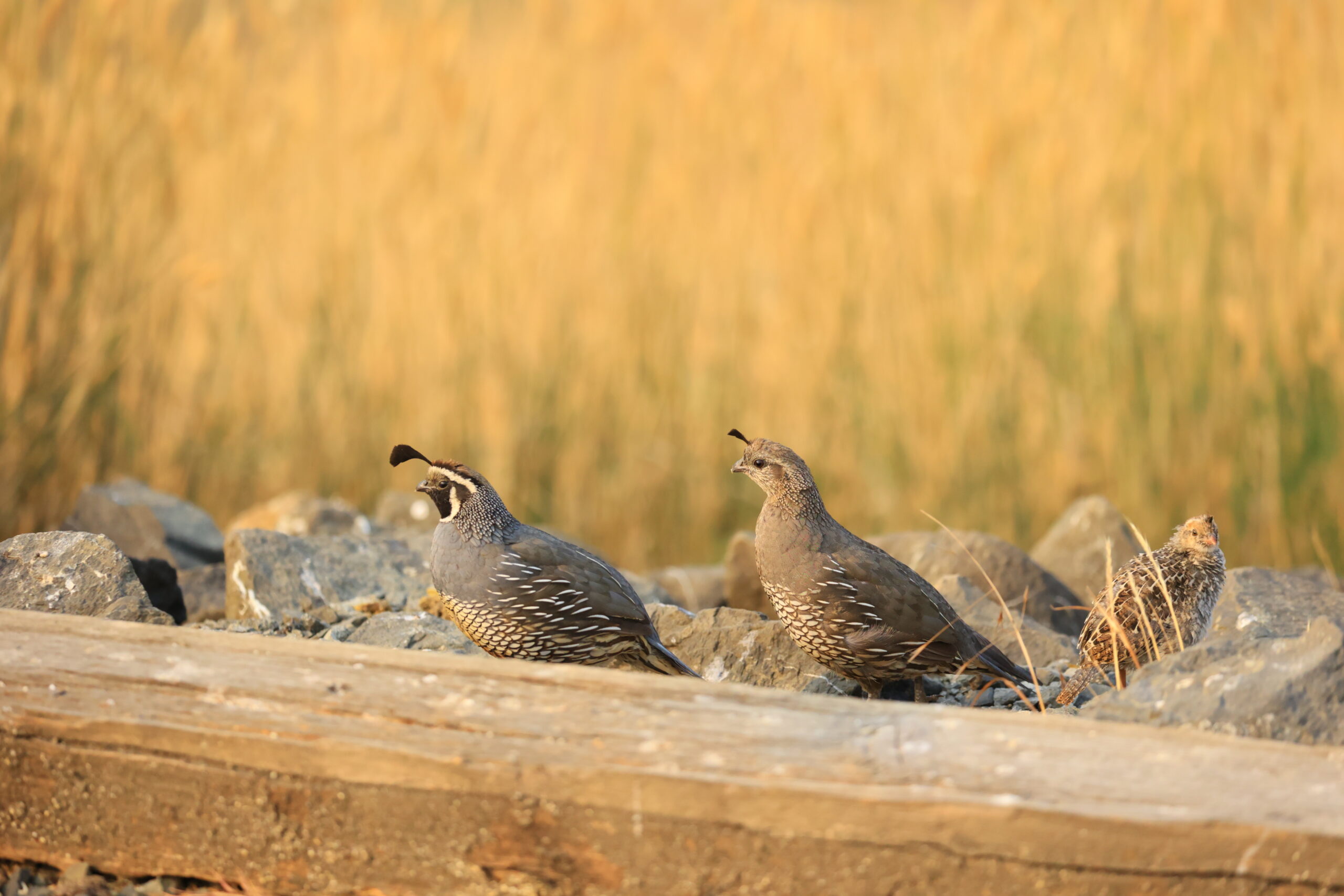“Everything starts with education”
— UNESCO
pedagogy
Teaching Philosophy

The upper figure presents the goals of learning processes to achieve problem-solving skills, including methods and evaluation of the effectiveness
Certificate in Teaching in Higher Education
Earned a certificate in college and university teaching in Fall 2023.

Instructor of Record
Systematics of Birds, FW 312
Since 2021, offered each term, I have brought students to learn the world about birds, including taxonomy, field identification, and internal and external morphology.


Embrace different background
Diversity & Inclusion
I acknowledge that students come from different backgrounds and experiences that shape their interests and educational journeys. I support my students tailoring to their unique situation and needs.

How do I facilitate a friendly learning environment?
Make the best effort on accommodation
I adjusted assessment materials to accommodate the diverse learning styles of students. For example, I made alternative written assessments for field trip assignments that accommodate students with limited ability to complete physical work. I asked students to access eBird database to list the most common 50 species in a place they have never visited before and require them to list the birds’ associated taxonomy order.
Instead of asking students to purchase a physical bird field guide, I provided free bird app links (e.g., Merlin) as an alternative tool to study the birds in the world via pictures and sound recordings. Providing free online resources will minimize learning barriers in students’ learning process, thus accommodating students’ diverse backgrounds.

Embodied Learning
Learning by Doing
What is embodied learning?
Learning by doing, a form of embodied learning is essential to building problem-solving skills. Embodied learning helps students to build knowledge from bodily responses and practices. My teaching employs active learning that incorporates embodied learning theories. Field trip assignment requires students to conduct two bird surveys. Working with Ecampus multimedia team, we created a bird reference page that includes sound recordings, taxonomy, 3D perching and flying models all in one place. Students can use this powerful tool to get familiar with birds’ songs before conducting field trips.
How do I apply embodied learning in teaching?
To evaluate students’ field identification skills, I developed a silhouette game with three-speed levels that simulate real-world conditions. Students got instant feedback if they made mistakes. Throughout the entire learning process, including practical field surveys, students were required to open their eyes and ears to identify birds from the wild, which is the core of embodied learning.
During on-campus field trips, I asked students to take notes about each species they encountered. At the end of the field trip, I released a list of birds that I found and asked students to match whether they missed any birds. Students could navigate the missed species and enhance their field skills by reading field guide descriptions or listening to bird recordings I provided.
Constructivist Learning
Constructing new knowledge that is assimilated from prior knowledge
Problem-solving involves constructivist learning theory that incorporates the foundation of prior knowledge to solve problems. To facilitate the acquisition of problem-solving skills, I created an assignment called “illustrate a hypothetical bird.” A randomizer will generate several external morphology features of a bird. Students need to gather knowledge gained about the definition of technical terms to complete a drawing. To help students better understand the assignment, I provided example illustrations from former students as references.
In addition, giving frequent feedback is an important component to assist the formation of problem-solving skills because feedback provides students with opportunities to learn beyond current knowledge. Narrative feedback on pointing out incorrect illustrated features would help students modify the illustration and prepare for the final presentation. I used a rubric that matched learning outcome of the assessment and provided feedback to each student within a week after students completed the assessments.

